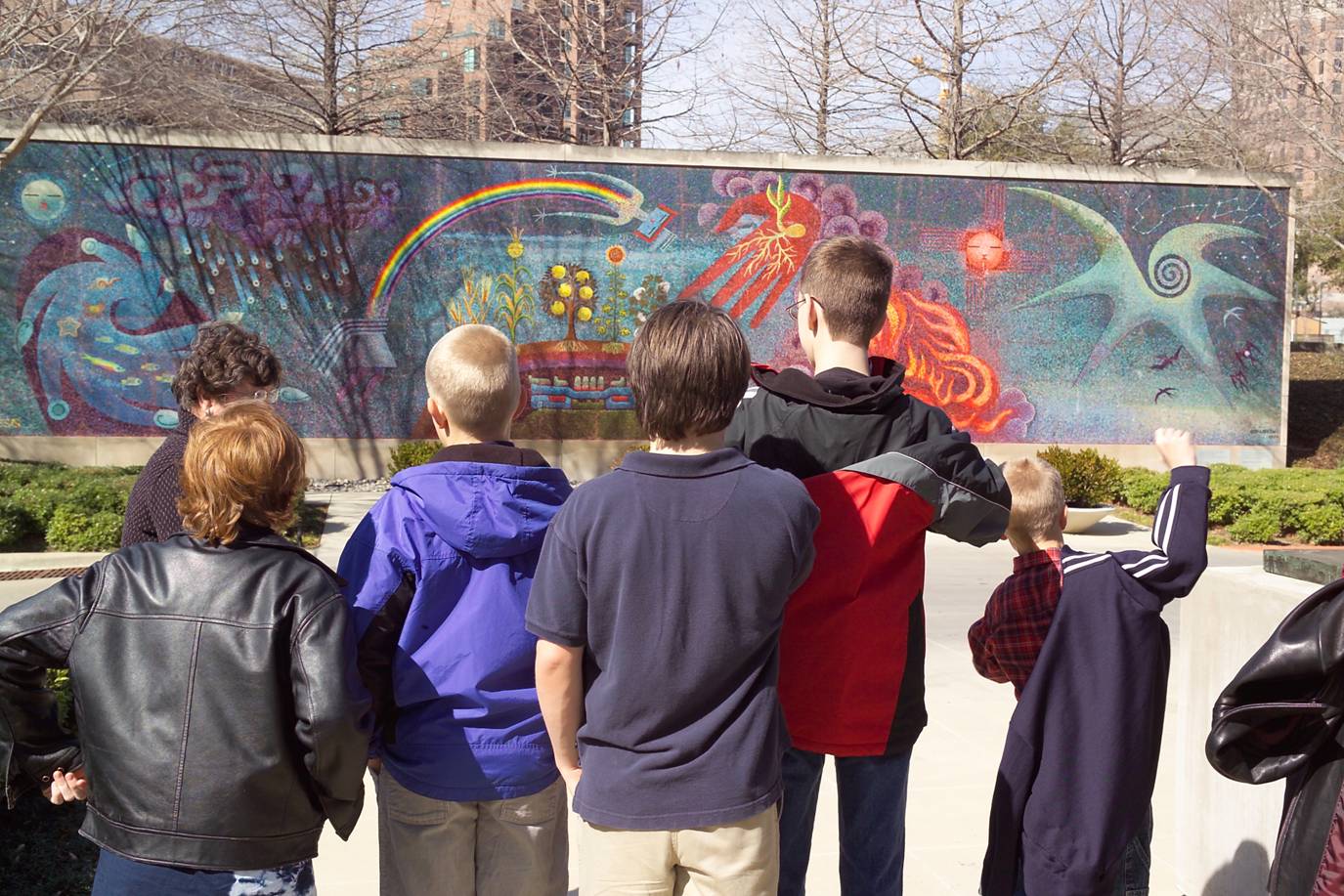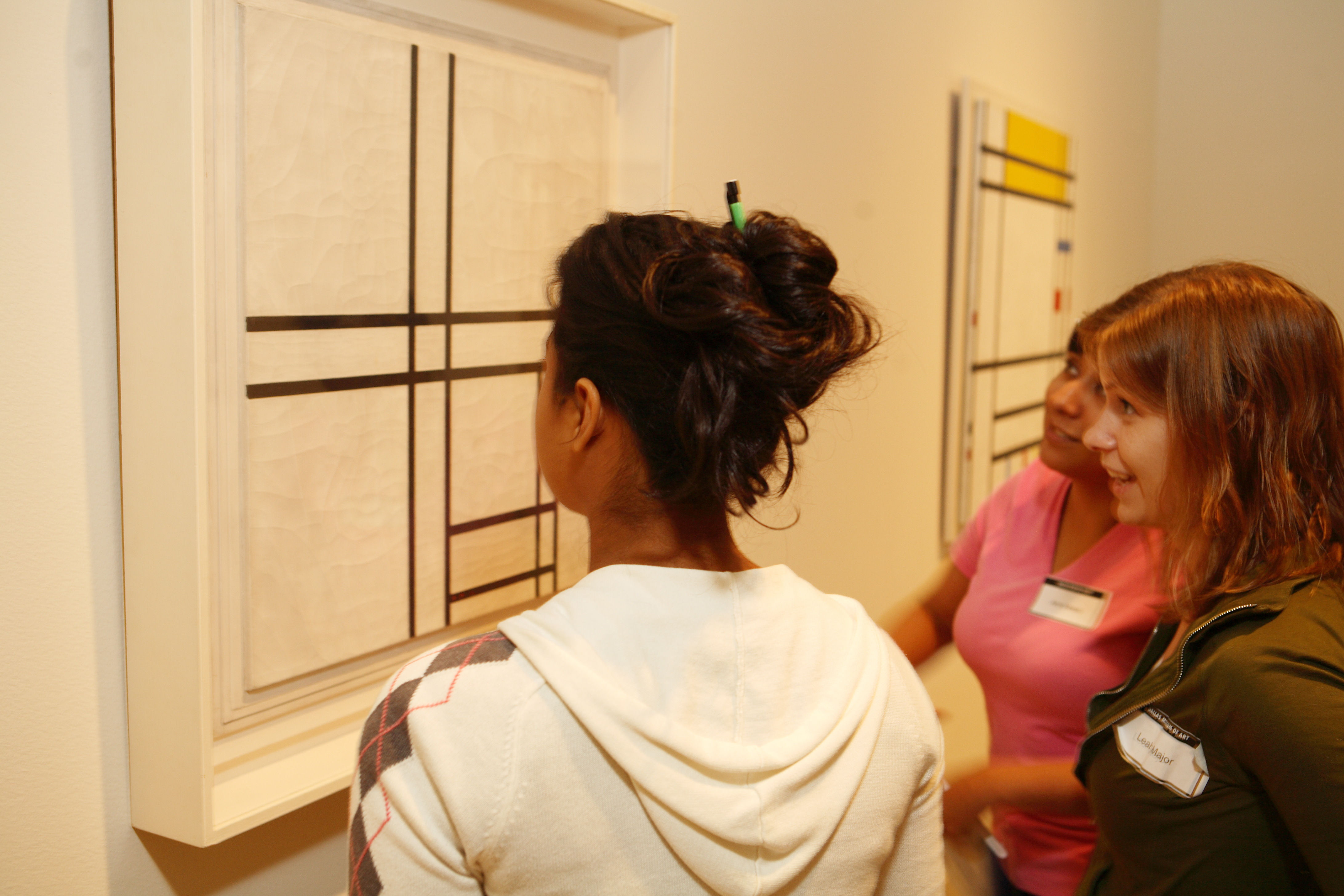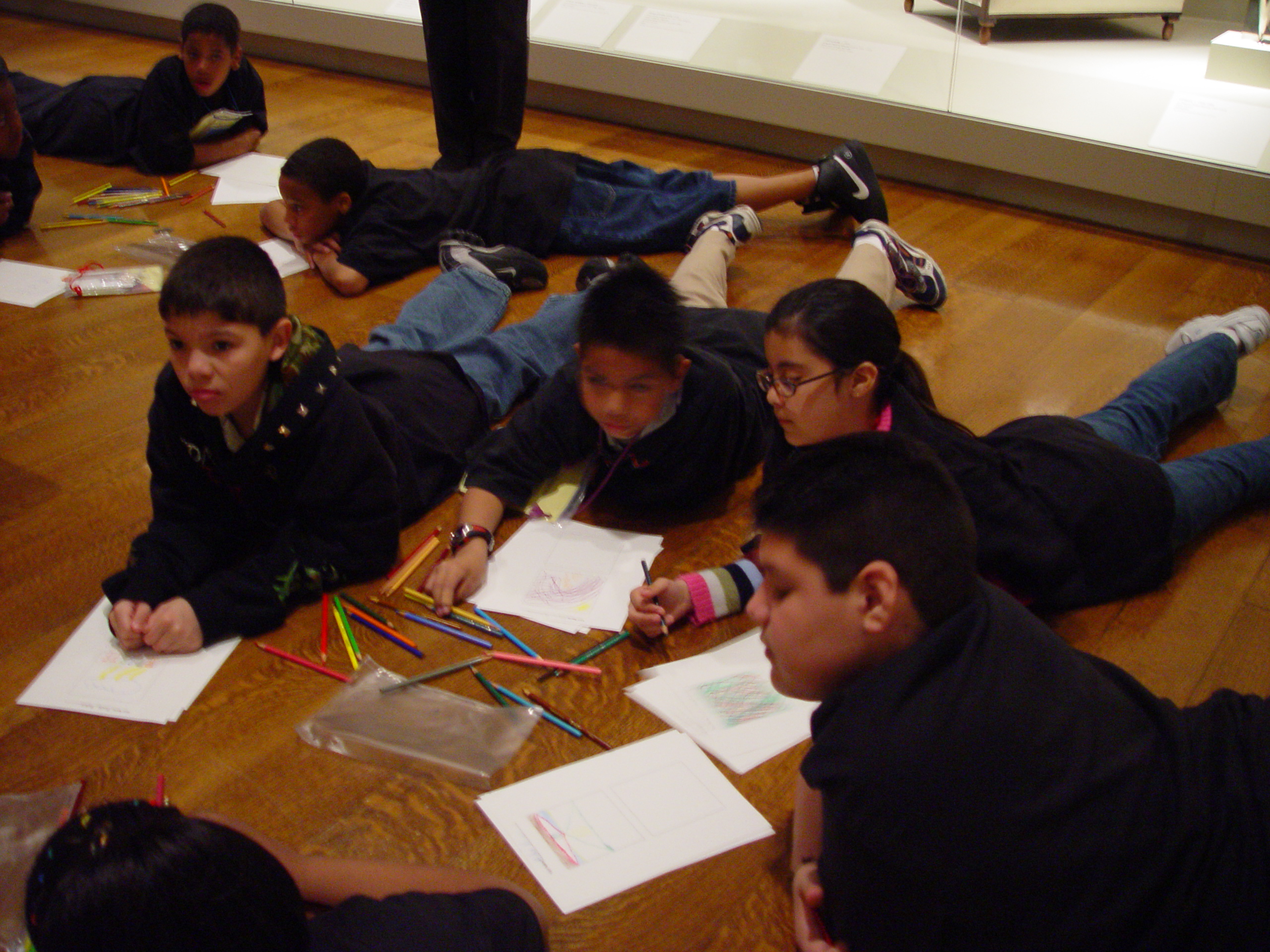Since 2009, DMA educators and area K-12 teachers have collaborated and developed CONNECT Teaching Materials, accessible at dmaconnect.org, the DMA’s new and improved online teaching materials. Funded by a grant from the Institute of Museum and Library Services, this new resource builds bridges between your students and cultures around the world through an exploration of works of art in the DMA’s collection and special exhibitions. The ultimate goal of these resources is facilitating a relevant, meaningful, and culturally literate understanding of those works for students and teachers.
CONNECT is designed to be accessible via a variety of learning styles. The ideas and information about each work of art are organized into various levels. Levels of access include First Glance material, which provides a brief but thorough introduction to the work of art. Extended Information is an in-depth exploration of an artwork’s content and information related to its visual, artistic, cultural, and historical contexts. Teaching Ideas are also included with each work, encouraging close looking, meaningful dialogue, and offering multidisciplinary ways to connect with a work of art, such as exercises in art making, writing, and research. Additionally, contextual images, audio and video clips featuring curators, artists, and other content experts, links to relevant websites, and a bibliography of reference books are offered for each work.
In short, CONNECT Teaching Materials provide teachers:
- Accurate information about works of art in the Dallas Museum of Art’s collection and select temporary exhibitions.
- Choices and levels of information for accessing and experiencing works of art.
- Multiple perspectives on works of art through audio and video clips featuring curators, artists, and other content experts.
- Teaching ideas that encourage close looking, dialogue among students, and personal connections with works of art.
- Teaching ideas that emphasize multiple learning styles and connections across disciplines.
- Support for teaching cultural literacy.
- Extensions for learning through bibliography and website links.
Consider this neat interdisciplinary scenario: Ms. Lammers’ fifth-grade math classroom at Nathan Adams Elementary School in Dallas uses CONNECT to explore an Egungun costume made by the Yoruba people in Nigeria. They investigate the patterns and symmetry of the costume as a tool to refine their measurement skills and learn divisibility rules. Before delving into the math, however, the students explore the ritual context of the costume and consider rituals in their own families, and they begin to make meaning of this costume to the Yoruba.
We hope that you check out this new resource, and we would love to hear your thoughts about how you could connect with CONNECT in your classroom!
Andrea V. Severin
Coordinator of Teaching Programs



